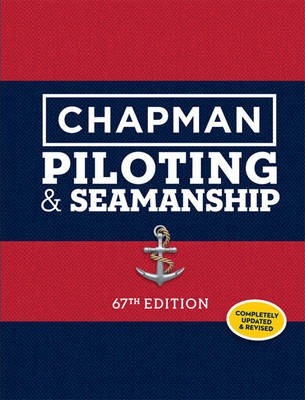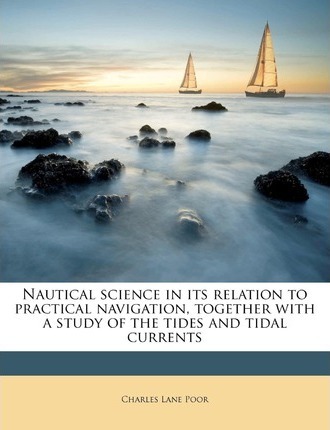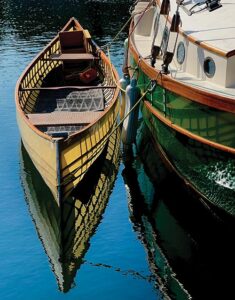- Home
- Nav. Index
- Tides
- Tidal Stream
- Tide Gates
Tide Gates and Other Tidal Effects.
When
coastal cruising, tide gates and other tidal effects
can have a considerable effect on a vessels progress.
This is particularly true for sailing boats and the slower motor boats but any craft will be affected.
Planning.
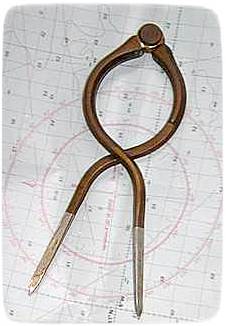
As part to your passage planning and pilotage plan you should take into consideration not just the height of the tide but how tidal streams are going to affect your progress.
This is most important when coastal sailing.
As well as all the traditional sources of tidal information there are an increasing number of electronic tidal planners.
They can even be downloaded as apps on the iPhones.
It should be noted though that some of these apps use different sets of data so there may be differences between the app predictions and the official Hydro office lists.
However, just the fact that these are regarded as worth building apps for, is testament to the value of tide planning.
Of course this information is still available from traditional sources, where tide times from your tide tables is used along with tidal diamonds on the chart or with tidal atlases.
While it isn’t always possible or desirable to go with the tide, knowing what it is going to do during your trip can allow you to use it to your best advantage.
And one advantage is in making the best use of those tide gates.
Tide gates.
A Tide Gate is the term we use to describe
an area of the coastal
water where the flow of the tide will at certain times make progress in
a given
direction difficult.
Usually they are associated with headlands, shallow patches and narrow
channels.
These are areas where the tidal steam is
concentrated and the speed of
flow
becomes greater than the open water average.
Simple maths will show that someone traveling at say 4 knots in open
water will
come to a standstill when faced with an extra 4 knots of contrary tide.
But as well as the reduction in traveling speed, that faster tide can
all too
often create choppy seas and dangerous overfalls.
And the slower progress means that you will be in those adverse
conditions for
longer, causing wear and tear on both the crew and the boat’s gear.
So, event though the Tidal Gate might not be shut, it will be prudent
to wait
until it is ‘open’.
Once the tide gate is ‘open’ the tide will be with you, progress
will be faster, safer and more comfortable and any time lost waiting
might
easily be made up.
Occasionally there might be local anomalies such as inside passages,
eddies and
alternate routes which do not appear in the general tidal information
however,
these can usually be found in Pilot books for those particular areas.
The prudent navigator will often fare better if he carries the tide so far then waits for the turn before venturing further.
affiliate linksOverfalls.
When the tide is forced around any
headland,
over shallows or where a channel is constricted, it often produces a
tidal race
which can cause overfalls.
Most charts mark dangerous overfalls and tide rips with a series of
wavy lines
and a note describing at what state of the tide they are most dangerous.
Often the dangerous area will be in one position on the flood tide and
in
another on the ebb.
These areas are to be avoided unless you have specific local knowledge
and
experience of say, an inside passage.
The overfalls often occur as the fast tide flows over an uneven seabed
causing
turbulence and upwelling down tide.
Upwelling of cold water from the bottom can also increase the
possibility of
fog or mist banks.
And where a fast tide is flowing against the direction of the wind it will cause waves to become steeper and possibly start to break, creating dangerous conditions, which effectively close the tide gate.
Wind Against Tide.
Very basically waves are caused
be wind blowing across the surface of the water, just as blowing across
the
surface of your coffee will produce ripples.
The stronger the wind, the longer it has been blowing and the longer
the
stretch of water (fetch) it has been acting on the larger the waves it
will
produce.
Where the water is also moving, with the tide or current this will
affect the
‘apparent’ wind strength across the surface.
So, if the wind and tides are going in the same direction the apparent
wind and
thus the waves will be reduced but if they are in opposite directions
then both
the apparent wind and the waves will increase.
There are other factors such as the depth of the water which influence
the
shape and power of the waves.
And where the water is moving, the effect is further complicated, such
as when
the wave itself is moving in the opposite direction to the current.
The result tends to be short, choppy waves with steep leading edges.
Not only will these be uncomfortable for the small boater but bashing
into
those steep wave fronts will also slow the vessels progress.
Once the tide turns the effect will be the opposite, the tide gate will
open,
the sea will flatten and progress with the tide will be more
comfortable and
speedier.
Harbor Bars.
A bar at the entrance to a harbour or
estuary is another shallow area where the tide or current will be
concentrated.
The bar may only be narrow and the water beyond deep but in the wrong
conditions this can be a dangerous area with steep waves breaking right
across
the entrance.
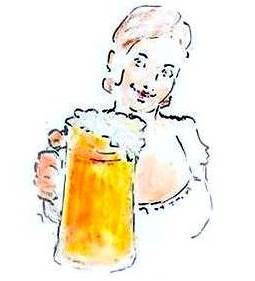
These should always be treated with caution, particularly when the tide
is
running strongly and there is an onshore wind.
Even when there is little or no wind, any swell running into the
entrance will
be exaggerated as it crosses the bar.
Always allow for plenty of water under the keel.
Your tide tables might predict a sufficient mean level of water for
your boat
but where there are waves there will be less than that mean level of
water
within the troughs.
And bars can and do shift and change shape.
Bars are not normally regarded as tide gates but better to be patient wait until there is plenty of spare depth then go in safely and enjoy a relaxed dink at the other harbor bar.
Books
